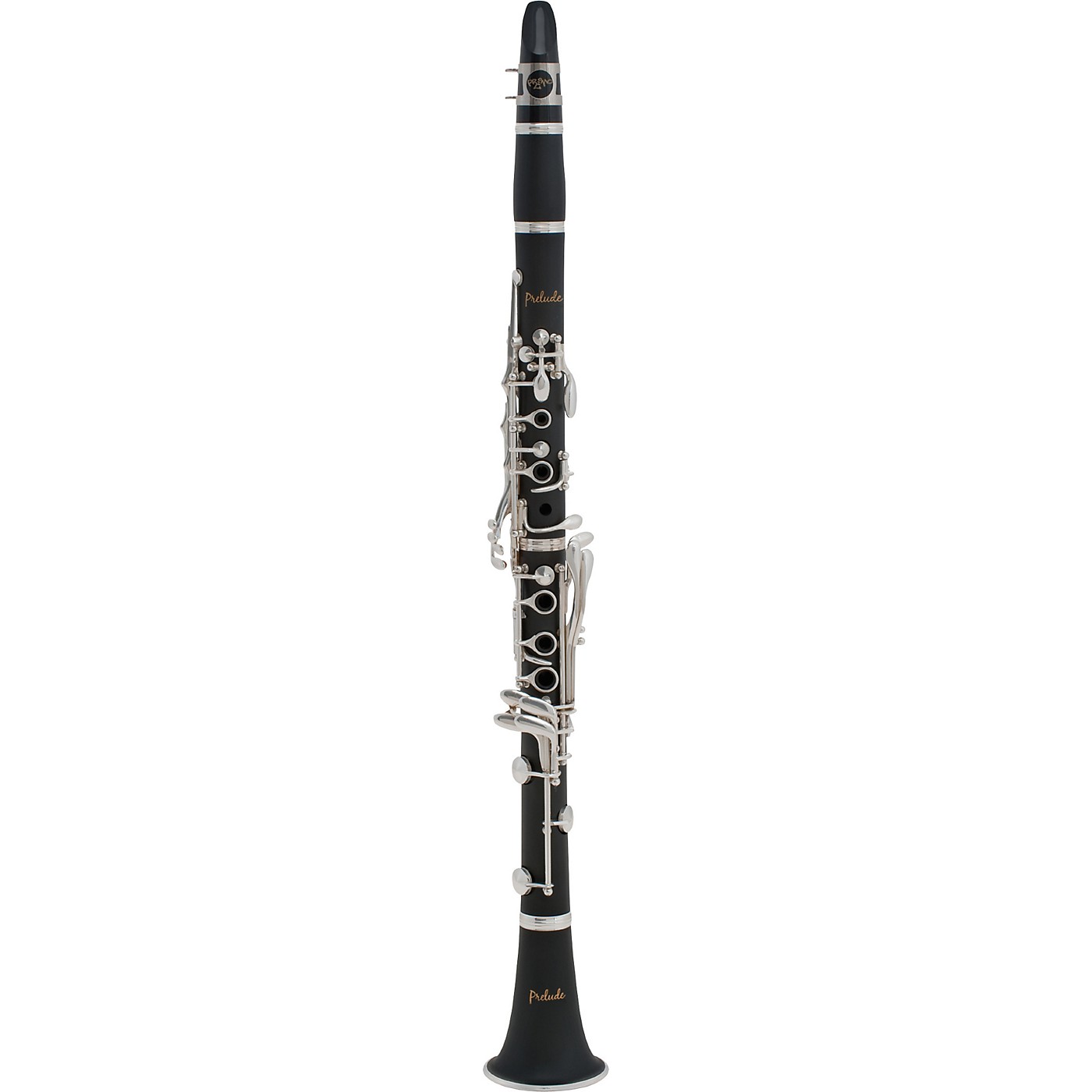The following is a serial number chart for Conn saxophones made in Mexico and the U.S. from 1970 until the end of production. It is also applicable to most Armstrong saxophones from 1982, and King saxophones beginning in late 1983. Part of this comes from factory records, albeit altered with a small but critical detail. The remainder is from my personal research. Notes and excessively pedantic detail are at the bottom of the page.

| Serial number | Year | |
|---|---|---|
| N0001 | 1970 | |
| N83000 | 1976 | |
| N90000 | 1977 | See note below |
| N98993 | 1978 | |
| N111821 | 1979 | |
| N128692 | 1980 | 18M replaces 50M (ca. N130000) |
| N145002 | 1981 | |
| N154954 | 1982 | |
| N170074 | 1983 | King 613 and 615 become Conn stencils (N180000) |
| N184337 | 1984 | |
| N201208 | 1985 | Conn et al purchased by Skåne Gripen AB (Oct. 9) |
| N221244 | 1986 | 20M replaces 18M (ca. N222000) |
| N240142 | 1987 | |
| N261466 | 1988 | through N273178 |
| 38 11713 | 1988 | New serial system established mid-year |
| 39 00001 | 1989 | 22M replaces 16M (est.) |
| 40 00001 | 1990 | |
| 41 30001 | 1991 | |
| 42 30001 | 1992 | |
| 43 30001 | 1993 | King 660 and 662 introduced |
| 44 50001 | 1994 | 21M replaces 20M |
| 7 30001 | 1994 | New serial system (plant code) |
| 7 35000 | 1995 | 11M and 12M replaced by 13M and 14M (est.) |
| 780001 | 1996 | 5M and 9M discontinued |
| 792000 | 1997 | Plant closes for retooling in July |
| 7100001 | 1998 | 24M replaces 21M, 665 replaces 660 |
| 7108000 | 1999 | 25M “CONNtinental” and 670 “Liberty” introduced |
| 7116000 | 2000 | UMI bought by Selmer |
| 7122000 | 2001 | |
| 7126000 | 2002 | UMI reorganized into Conn-Selmer division |
| 7130000 | 2003 | |
| 7134000 | 2004 | Nogales, AZ factory closed |
| 7200001 | 2004 | Production at Armstrong plant in Elkhart (?) |
| 9000001 | 2005 | |
| 9104000 | 2006 |
The 1976-1988 portion of this chart was available from UMI, however, it omitted the “N” prefix. After extensive research I determined that the saxophone serial numbers were separated from the brass when Elkhart was shut down by MacMillan, and the “N” prefix does not, as is commonly believed, denote 1970 as the year of manufacture where saxophones are concerned.
Most of the time the difference in columns can be 0.02 of an inch (0.5 mm). Not much really. The measurements are done for comparison purposes of relative sizes. Attributes such as cup depth, rim shape, bite, and backbore also make a big difference in how a mouthpiece plays and feels. The LH palm keys for saxophone are a bit similar, but easier to figure out than the two sets of clarinet pinky keys. The simple way I would deal with it is to rotate the clarinet fingering chart by 180 degrees, which makes it like Arundo Donax's chart. It's not the same as a vertical flip.
Note for 1977: The original documentation gives an ending figure of N89496, but a 1977 starting figure of N91314. Instruments exist with serial numbers within that gap.
See All Results For This Question
Serial numbers “skip” on multiple occasions. The first is from 7 44000 to 7 80001. This appears to coincide with the elimination of rolled toneholes on the 21M and 660 altos. My interpretation of the skip to 7100001 is based upon an article in Music Trades stating that the Nogales factory was closed for the entire second half of 1997 to retool for a new line of saxophones – the 24M and 665.
Three more skips occur in the last years of production: from 7135000 to 7200000, from 7202000 to 9000001, and from 9001000 to 9100001. One of these is where production ended at Nogales and was moved (probably) to the Armstrong plant in Elkhart. The others I can’t explain.
The highest serial number I’ve seen is 9107109, a Conn 24M alto. The, er, “imported” saxophones appeared in 2007, so I peg 2006 as the end of production for American-made Conn and King saxophones.

Cached
The only American-made saxophone of the era that this does not apply to is the Conn 34M tenor, which had a very limited production run in 2003, possibly into 2004.